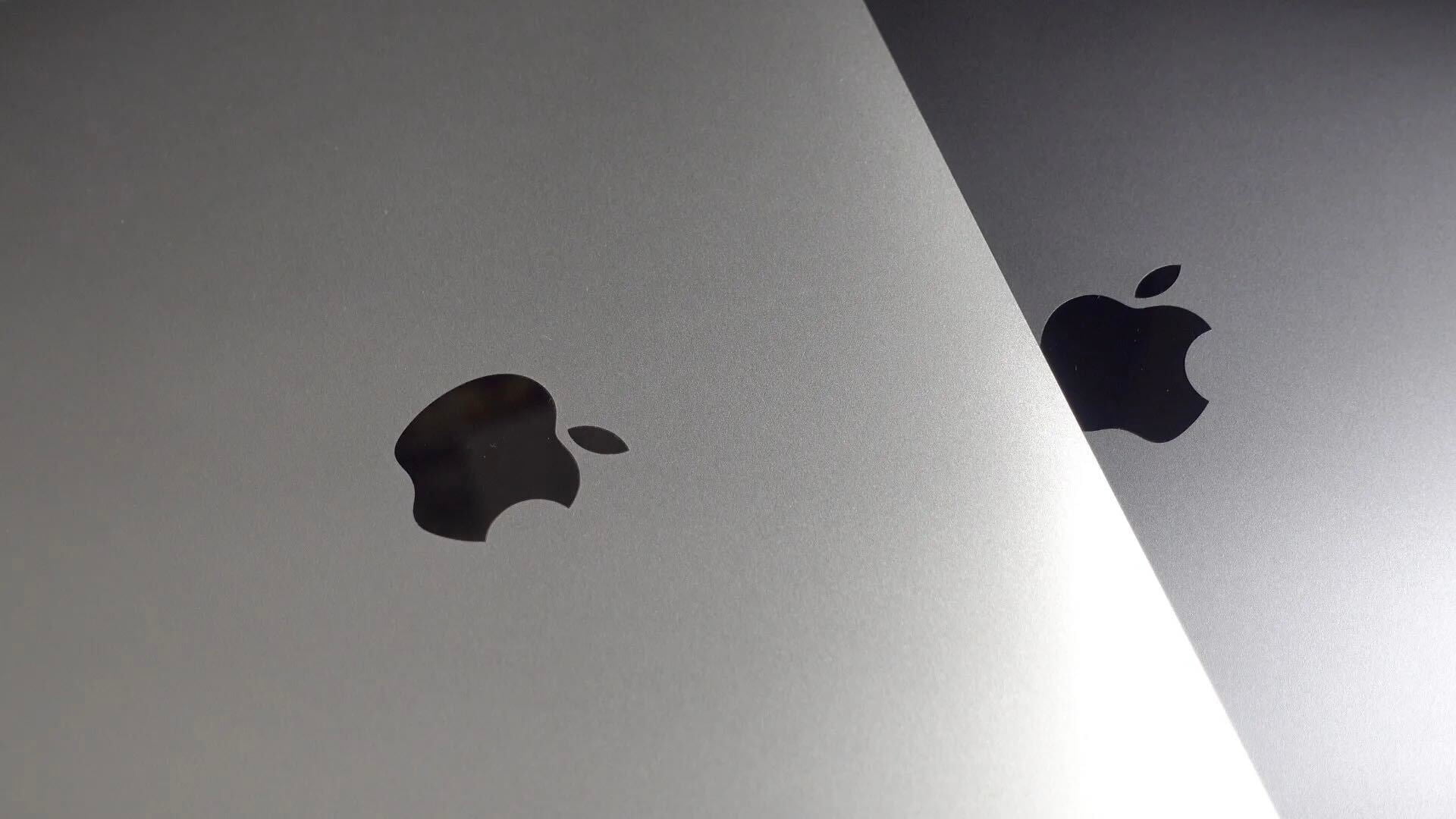
Google announced today on its Cloud Platform blog that it is rolling out its Google App Engine application called Mobile Backend Starter that first debuted for Android developers back in June. Google says the application helps to simplify the server-side development process for developers adding cloud services through Google Cloud Platform and it does so by providing Mobile Backend and Objective-C client libraries for everything from storing data in the cloud to sending device-to-device push notifications and authenticating Google accounts. In other words, it’s a ready-to-deploy, general purpose cloud backend along with Android and iOS clients with client-side framework classes. This allows devs to implement a number of cloud services into their apps without ever having to worry about coding those features themselves.
- Optional server-side coding: Control your cloud service using Android and iOS client libraries.
- Cloud Datastore: Store millions of objects in the cloud and manage them from your app.
- Push Notifications: Send and broadcast objects as messages via Apple Push Notifications and Google Cloud Messaging.
- Event Driven Programming: Create real-time interactive user ex
 periences using Continuous Queries.
periences using Continuous Queries. - User authentication Authenticate users using Google Accounts.
- Per-object access: Prevent users from accessing private data using our authentication model.
- Built to scale: Mobile backend runs on App Engine infrastructure to scale to millions of users within hours (App Engine pricing applies).
Google is making the source code for the app available on Github for developers to freely play with, and that will include the source code for both the backend and iOS and Android clients.
Google walked through the process of getting Mobile Backend Starter setup on an iPhone or iPad:
Getting Started
You can try out the Mobile Backend Starter on an iPhone or iPad in just a few steps (further details here):
1. Provision your backend on App Engine
2. Download the iOS client zip file (or clone from GitHub repository)
3. Run the sample on a physical device (note: the sample does not run on the iOS simulator)
You can learn more about Mobile Backend Starter for iOS here.
FTC: We use income earning auto affiliate links. More.



Comments